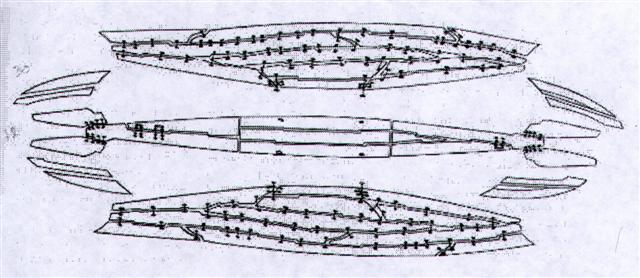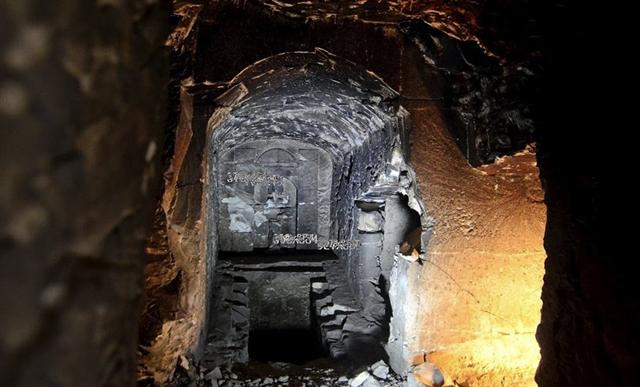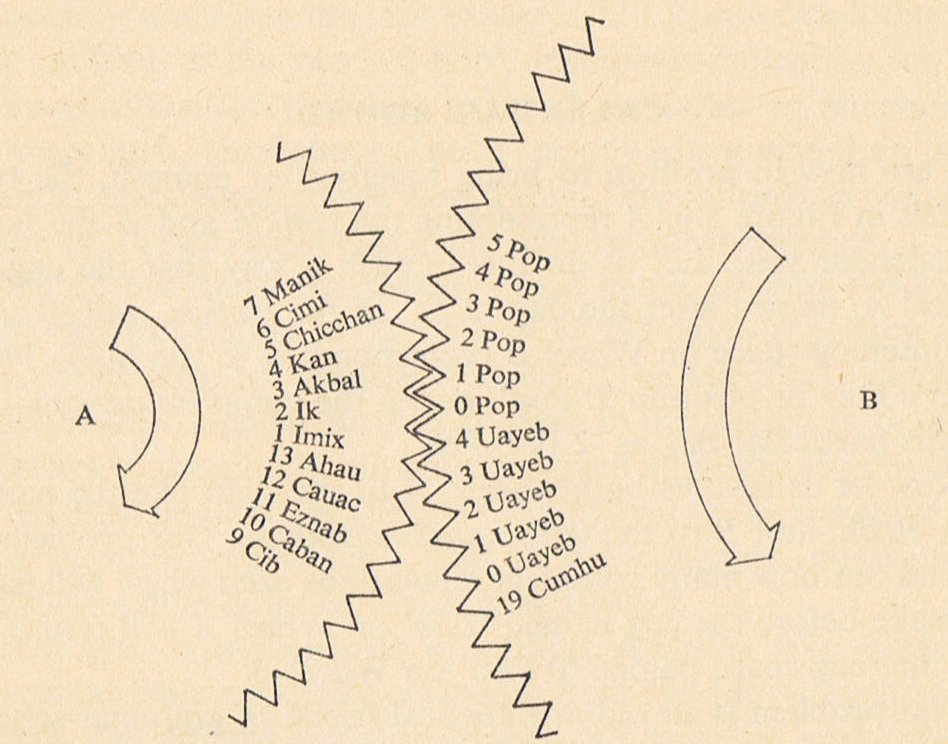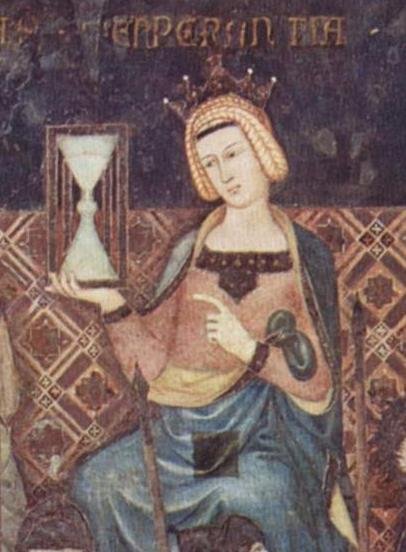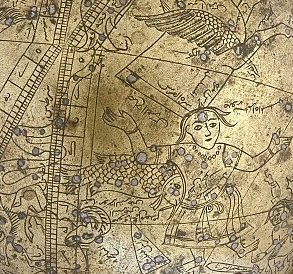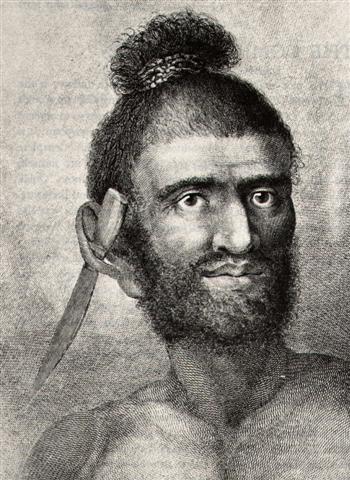|
TAHUA
15. Once again: We should not perceive 215 (= 670 - 455) on side a of the A tablet
as a refutation of my suggestion that right ascension day 215 might be at the first glyph on side b.
Because Aa6-40 could have been considered as a day zero:
Avaga. 1. Niche, recess in an ahu, where the skeletons of the dead were deposited. 2. Small oblong, free-standing monument built for the same purpose. Vanaga. T. A grave. Churchill.
Remember that the Mayas always assigned number 0 to their first day in the month:
This makes sense because time as such did not arrive in integers, instead it flowed on continuously, like the sand in an hour-glass or like the water droplets in a clepsydra: ... Should we consider December 30 as the last day of the old year then December 31 would be the first day of the new year. However, as time flows the full measure of the first day will not occur until midnight at the beginning of January 1 ...
Consequently a conversion into day numbers ought to occur only after the 'hour-glass' had become full. Day number 215 (→ right ascension day *215) should have meant that the right ascension 'hour-glass day' 215 had here been completed. Possibly we can equate the Mayan sign for zero
with the last glyph on side a of the A tablet, where Metoro said nothing.
We should also remember the birth place of Maui:
... 'From the time I was in your womb,' Maui went on, 'I have known the names of these children of yours. Listen,' he said as he pointed to his brothers in turn. 'You are Maui mua, you are Maui roto, you are Maui taha, and you are Maui pae. And as for me, I am Maui potiki, Maui-the-last-born. And here I am.' When he had finished, Taranga had to wipe her eyes because there were tears in them, and she said: 'You are indeed my lastborn son. You are the child of my old age. When I had you, no one knew, and what you have been saying is the truth. Well, as you were formed out of my topknot you can be Maui tikitiki a Taranga.' So that became his name, meaning Maui-formed-in-the-topknot-of-Taranga. And this is very strange, because women in those days did not have topknots. The topknot was the most sacred part of a person, and only men had them ...
|
||||||||||||||||||||||||||||||||||||||||||||||||||||||||||||||||||||||||||||||||||||||||||||||||||||||||||||||||||||||||||||||||||||||||||||||||||||||||||||||||||||||||||||||||||||||||||||||||||||||||||||

